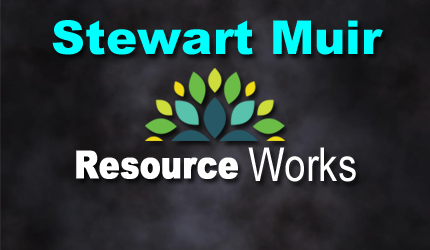April 22, 2021 | What British Columbia’s Budget Tells Us About Resources and Reconciliation

Numbers show how the province’s forest sector is quietly the biggest contributor to the hopes and dreams of First Nations.
The April 20, 2021 budget reveals that over the next four years, government revenues from British Columbia’s forest sector will provide significant funds for advancing First Nations reconciliation.
Over the four years to 2023/24, the Ministry of Indigenous Relations and Reconciliation (IRR) will receive $167 million of stumpage revenue in support of funding the Forest Consultation and Revenue Sharing Agreements with First Nations. (See budget document, page 42.)
For fiscal 2021/22, IRR is receiving almost $80 million more in non-treaty funding than it did last year. This money will be used for a variety of measures including economic benefit agreements, forest consultation and revenue-sharing agreements. (See estimates document, page 127.)
Although forestry is sometimes portrayed as a sunset industry, or one that some advocacy organizations wish would go away, in 2021 this most renewable of sectors contributes about as much to Victoria’s coffers as the Crown mega-corps BC Hydro and BC Lottery Corporation combined. (See budget document, page 128.)
For those who wish to see Indigenous Reconciliation continue to progress in future, maintaining a steady forest industry will be essential, because revenues on this scale cannot be conjured up by magical thinking. However, there may be some members of the public who are concerned about the issue of old growth forestry, about which much has been written.
Here are a few true facts about old growth:
- At the provincial level, there are 13.2 million hectares of old growth forests in the province – that’s well over twice the size of Denmark and represents 14% of the entire land base of BC. Of that, 4.4 million hectares (33%) is preserved in formally protected areas such as provincial and national parks, ecological reserves, wildlife habitat ranges, old growth management areas and so on.[1] No timber harvesting can occur in these areas.
- In terms of the coastal rainforest, where western red cedar grows, one such hallmark example of conservation is the Great Bear Rainforest.[2] Within this internationally recognized area, industrial forestry is dramatically limited in recognition of the extensive old growth forests that are of ecological and social significance to the local indigenous First Nations communities. Approximately 85% of this forested area is off limits from timber harvesting (3.1 million hectares) and only 15% (550,000 hectares) is available for ecosystem-based forest management (EBM) to provide economic sustenance to the local communities.
- On Vancouver Island, 860,000 hectares is considered old forests (> 250 years old), of which 520,000 hectares or 62% is protected (as of 2017).
- A recent global comparison (2020) of the state of British Columbia’s forests, conducted by UBC researchers, concluded that “British Columbia ranks high among other jurisdictions [Australia, China, Japan, the European Union, New Zealand, the Russian Federation and the USA] on several key sustainable forest management parameters with legislation and forest management regimes aiming to meet the environmental, social and economic needs of current and future generations.” [3]
There’s always room for improvement. Indeed, some changes to how old growth is managed are in the offing. But as environmental groups including the Sierra Club and Greenpeace have acknowledged, British Columbia is the location of “one of the most comprehensive conservation and forest management achievements on earth”.
This is important to acknowledge, because without successful access to old growth forests, there would not be a forest products manufacturing sector in British Columbia. Without forest products there would be no stumpage revenues, and without stumpage revenues it’s very difficult to see where the money would come from for the IRR Reconciliation agenda.
That’s something to think about when contemplating aggressive pressure campaigns that routinely distort the facts in the attempt to force decisions that benefit nobody.

References:
[1] https://engage.gov.bc.ca/oldgrowth/old-growth-management-tools/
[2] https://greatbearrainforest.gov.bc.ca/tile/gbr-agreement-highlights/
[3] “The State of British Columbia’s Forests: A Global Comparison”, Haris R. Gilani and John L. Innes, www.mdpi.com
STAY INFORMED! Receive our Weekly Recap of thought provoking articles, podcasts, and radio delivered to your inbox for FREE! Sign up here for the HoweStreet.com Weekly Recap.
Stewart Muir April 22nd, 2021
Posted In: Resource Works












